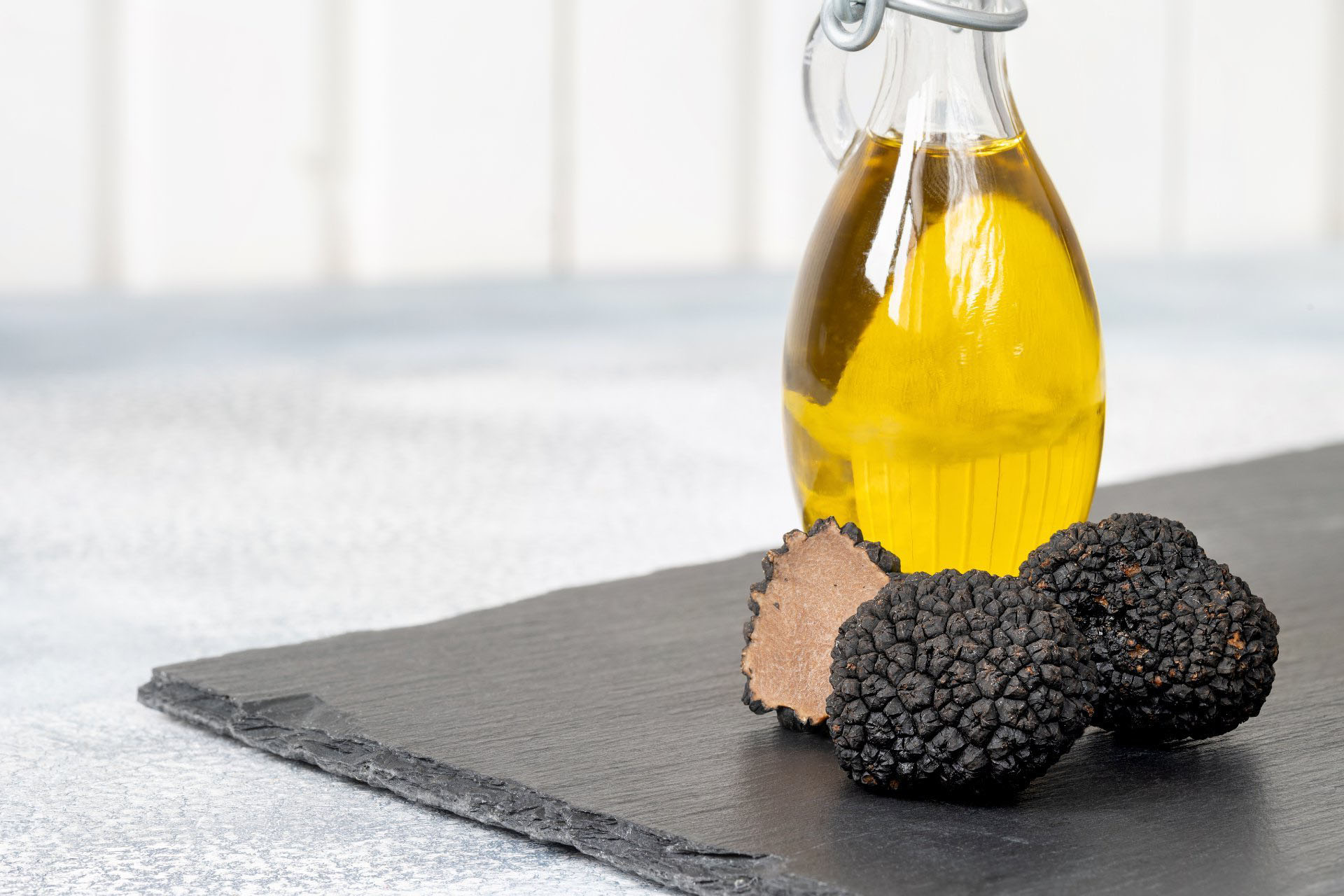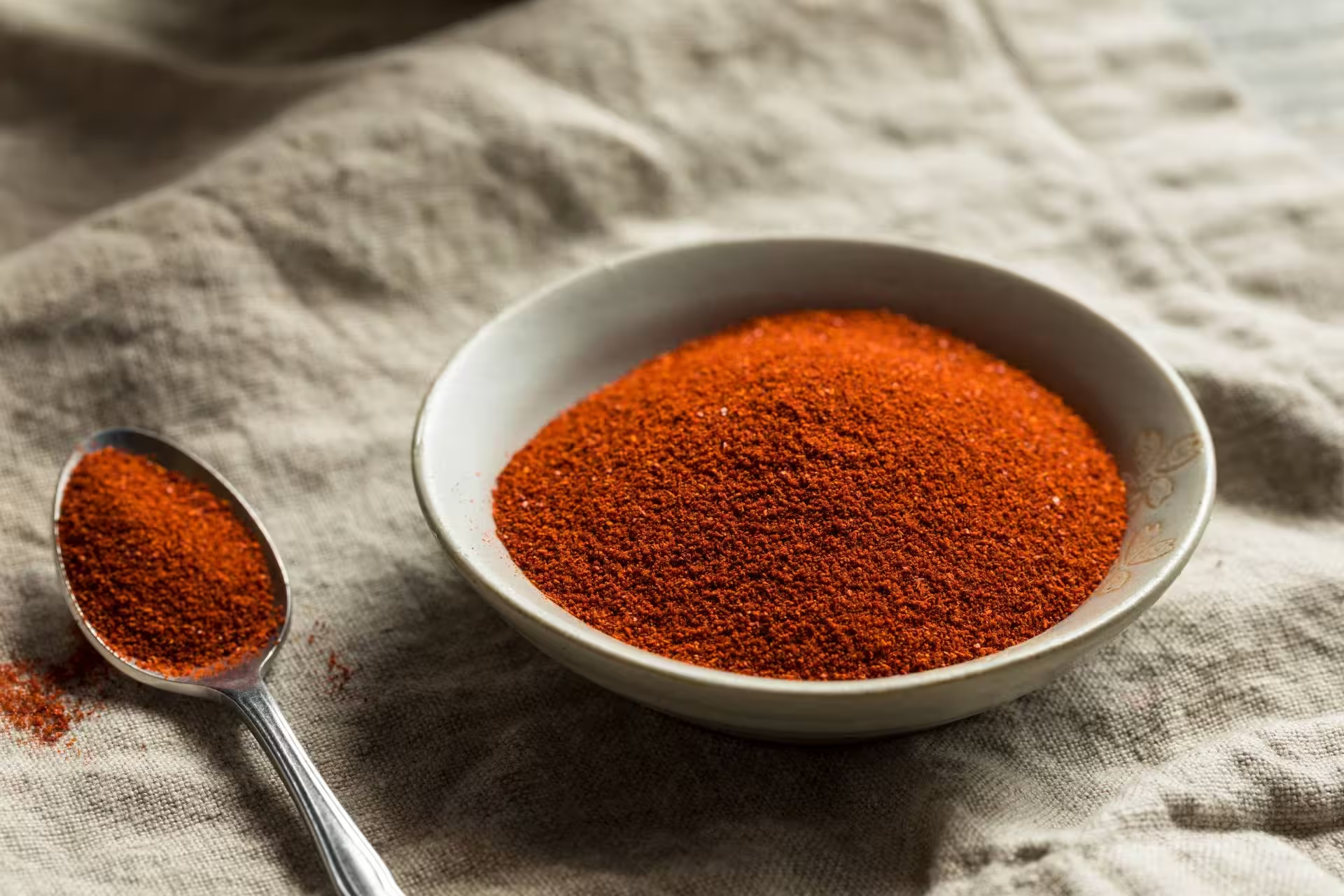Understanding De Puerco
De Puerco is a traditional Mexican dish that has gained popularity for its rich flavors and unique cooking methods. This dish, which translates to “of pork” in English, is a delicious and savory option for those looking to explore the diverse world of Mexican cuisine.
The Ingredients
De Puerco typically consists of the following key ingredients:
- Pork: The star of the dish, pork is often used in various cuts to create a flavorful and tender meal.
- Spices: A blend of traditional Mexican spices such as cumin, oregano, and chili powder are used to season the pork and infuse it with bold flavors.
- Vegetables: Onions, garlic, and peppers are commonly used to add depth and complexity to the dish.
- Liquid: Broth, beer, or citrus juices are often used to braise the pork and create a delicious sauce.
The Cooking Process
De Puerco is typically prepared using slow-cooking methods to ensure that the pork becomes tender and flavorful. The dish is often braised or simmered, allowing the meat to absorb the rich flavors of the spices and other ingredients.
The pork is often seared before being combined with the spices, vegetables, and liquid. This initial step helps to lock in the pork’s natural juices and create a delicious caramelized crust.
Once all the ingredients are combined, the dish is left to simmer for an extended period, allowing the flavors to meld together and create a mouthwatering final product.
Serving De Puerco
De Puerco is often served with traditional Mexican accompaniments such as rice, beans, and warm tortillas. The tender, flavorful pork is the perfect centerpiece for a hearty and satisfying meal.
For those looking to add a fresh and zesty element to the dish, a side of pico de gallo or guacamole can provide a delicious contrast to the rich flavors of the pork.
Exploring Mexican Cuisine
De Puerco is just one example of the diverse and delicious dishes that make up Mexican cuisine. With its bold flavors and hearty ingredients, this traditional dish is a favorite among food enthusiasts and those looking to explore the rich culinary traditions of Mexico.
Whether enjoyed at a local Mexican restaurant or prepared at home, de puerco is sure to delight the taste buds and provide a satisfying dining experience.
So, the next time you’re looking to expand your culinary horizons, consider trying de puerco for a taste of authentic Mexican cuisine.
Was this page helpful?
Read Next: What Is Ground Chuck











